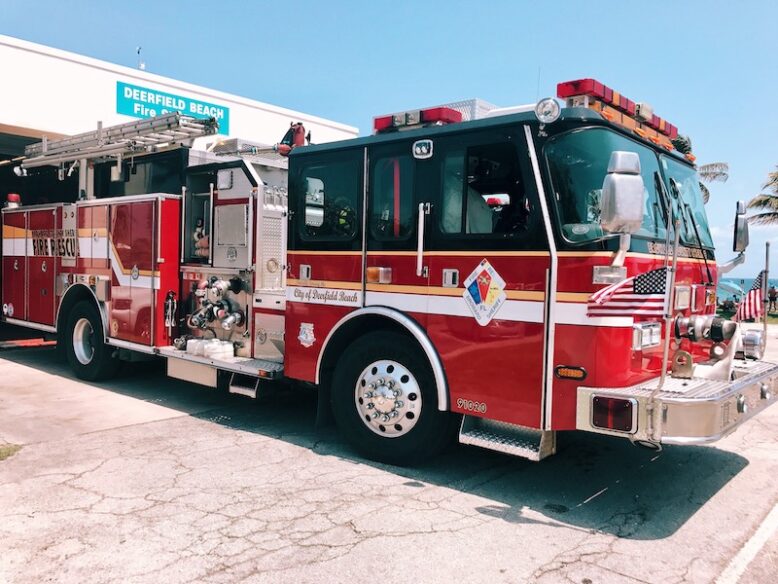The generic word for any kind of large truck (US) or lorry (UK) in Italian is camion, which comes from the French word of the same meaning.

Camion is an invariable masculine noun, which means that it does not change in the plural form.
il camion
the truck
un camion
a truck
i camion
the trucks
dei camion
(some) trucks
Important: In Italian, camion only refers to large trucks that transport goods, people or material, not smaller vehicles such as an ice cream truck (furgoncino dei gelati) or tow truck (carro attrezzi).
The person who drives a truck is called un camionista or un autista di camion.
Il camionista ha parcheggiato il suo camion davanti a un passo carrabile.
The truck driver parked the truck in front of a driveway.
Some well-known kinds of trucks include:
- camion dell’immondizia / della spazzatura = garbage truck
- camion dei pompieri = fire engine
- camion per il trasporto merci = freight truck
- camion per la ristorazione = catering truck
- camion per le consegne = delivery truck

Camioncino, with the diminutive -ino suffix, is the word for a small truck, toy truck or pick-up truck. Note that pick-up trucks also go by the English loanword pick-up.
If you want to be more specific about the kind of truck you are talking about, you can use the following terms:
- autocarro = a road freight vehicle whose driver’s cabin, engine and freight compartment are not separable
- autotreno = the union of the autocarro and a trailer (rimorchio)
- autoarticolato = a tractor trailer or articulated lorry
If you want to talk about a van, you can use the word furgone or furgoncino (small van).
L’autostrada è piena di camion e furgoni stamattina.
The highway is full of trucks and vans this morning.
Heather Broster is a graduate with honours in linguistics from the University of Western Ontario. She is an aspiring polyglot, proficient in English and Italian, as well as Japanese, Welsh, and French to varying degrees of fluency. Originally from Toronto, Heather has resided in various countries, notably Italy for a period of six years. Her primary focus lies in the fields of language acquisition, education, and bilingual instruction.


